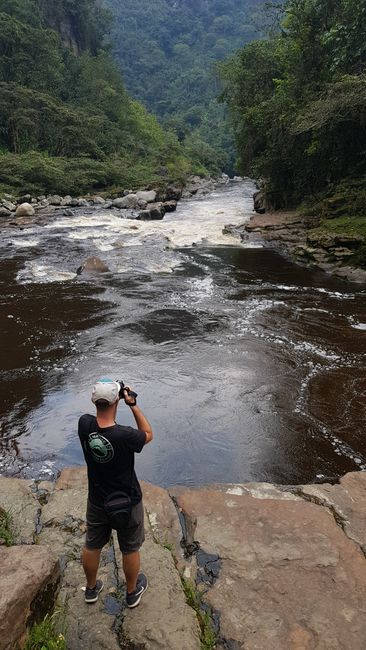Paradise Cave Phong Nha and DMZ
شائع شدہ: 01.12.2018
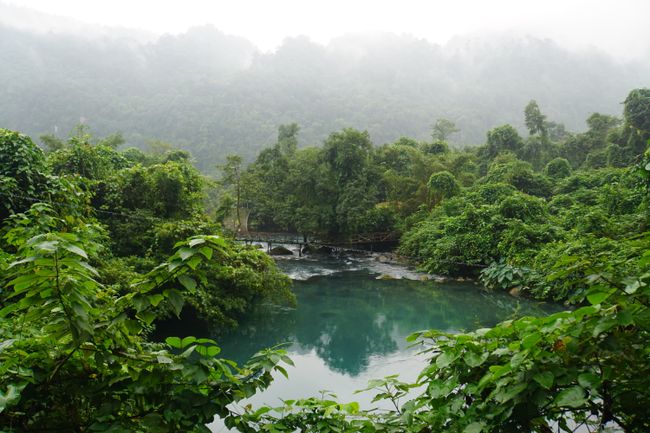
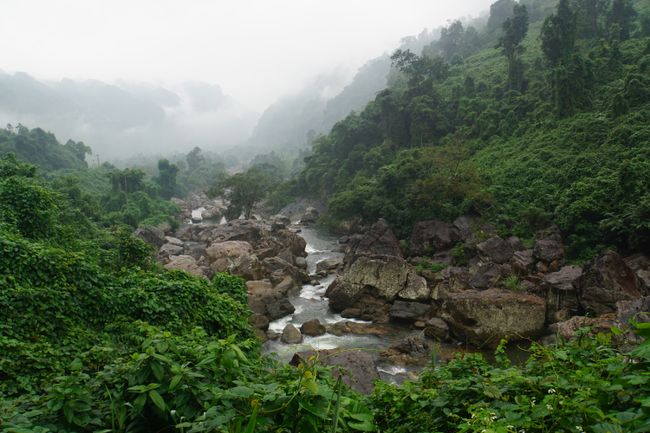
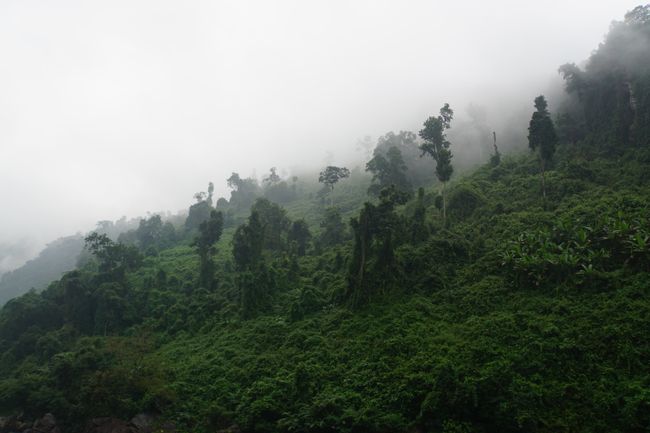

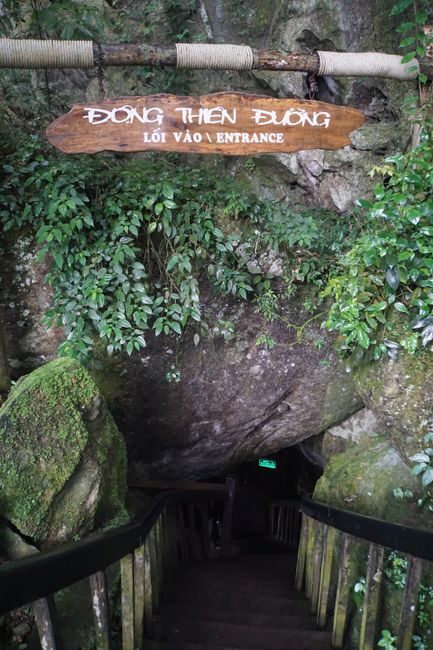
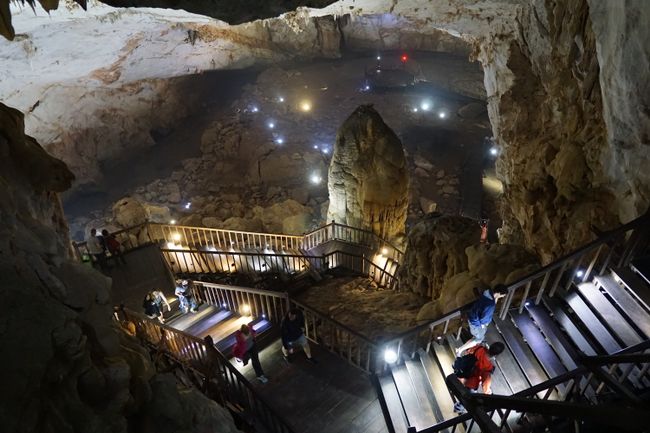
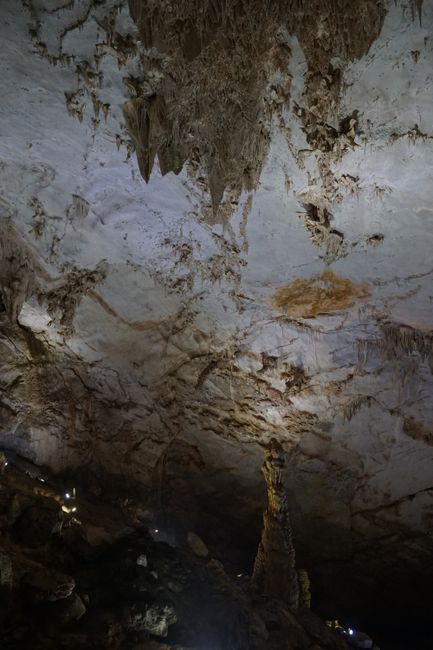
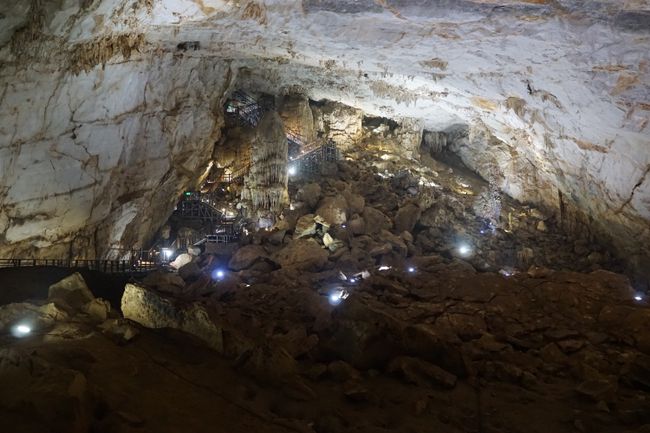
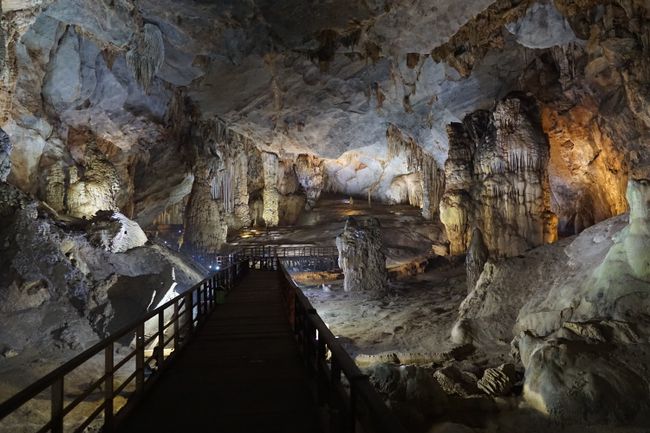
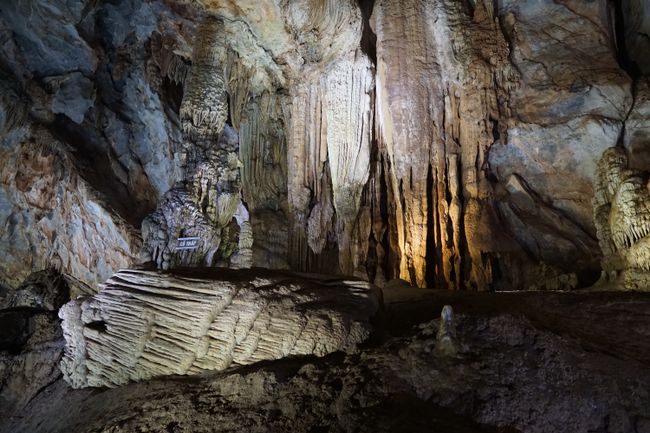
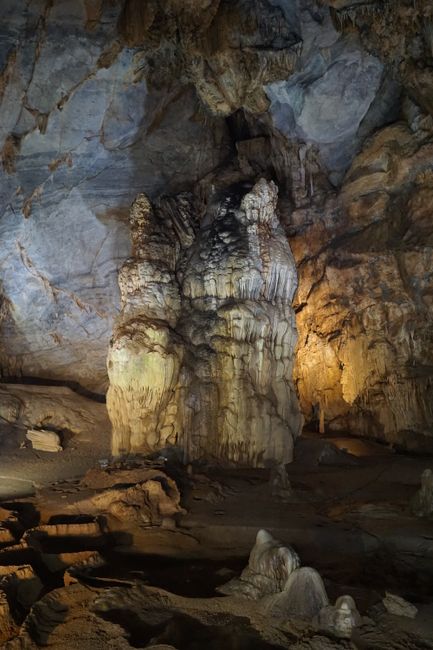
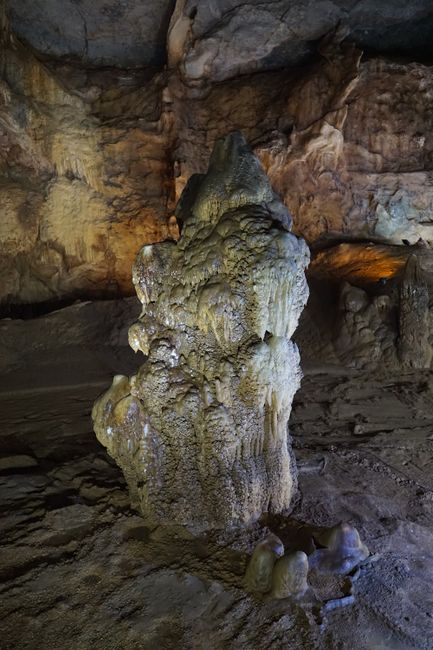
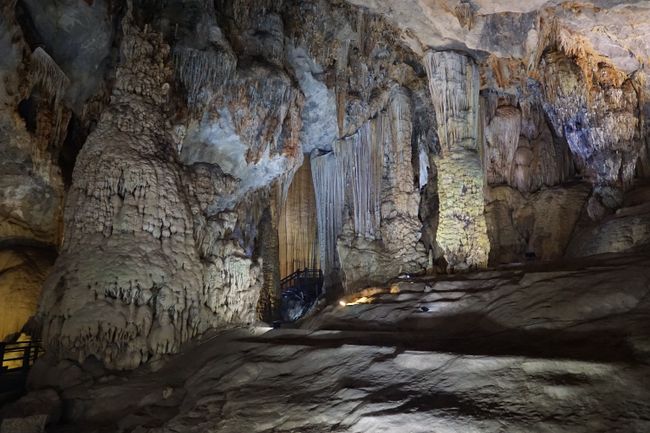
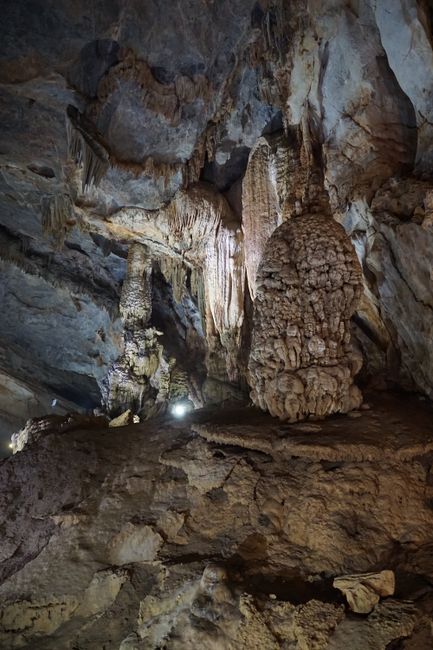
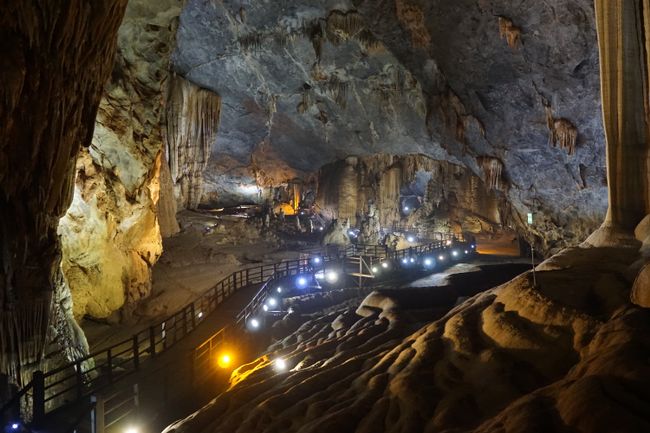
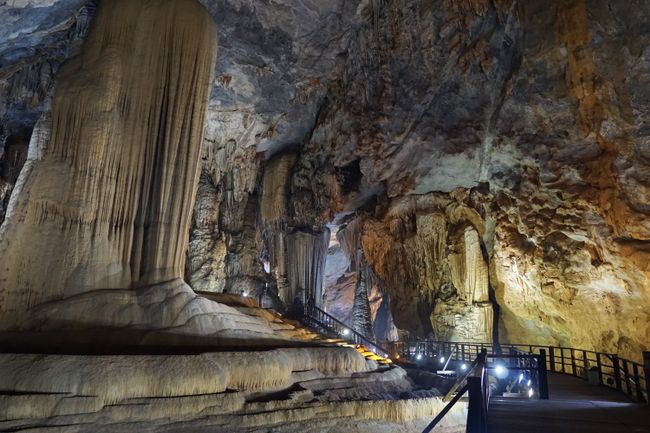
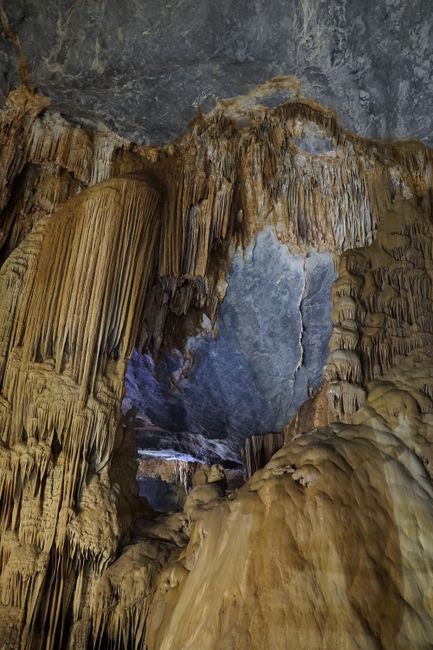
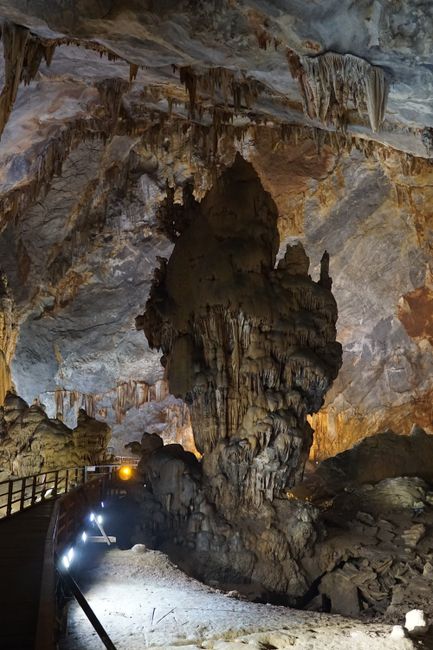
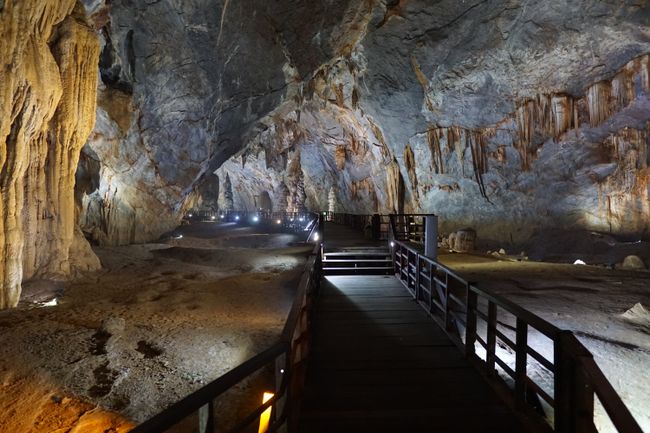
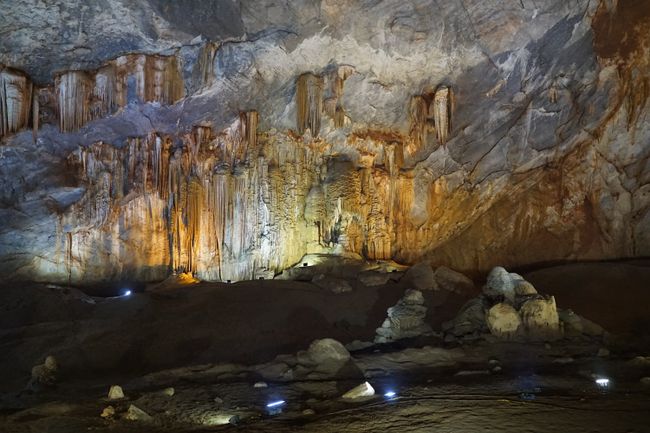

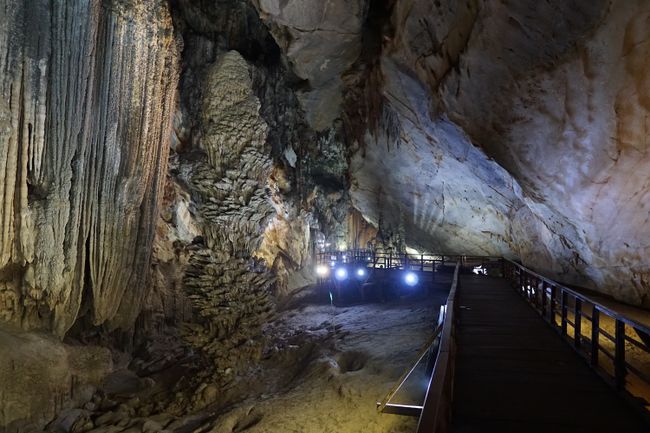
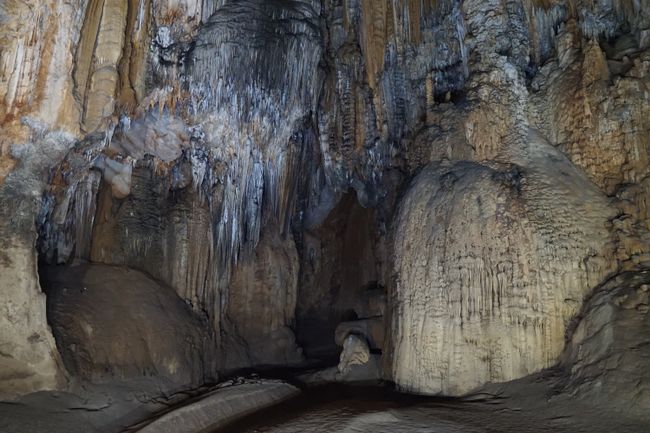
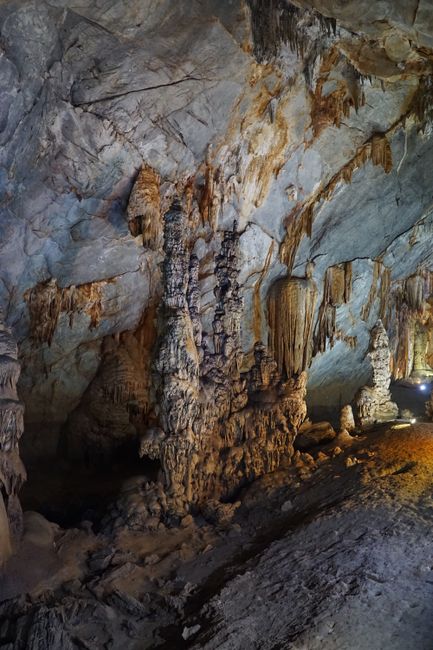
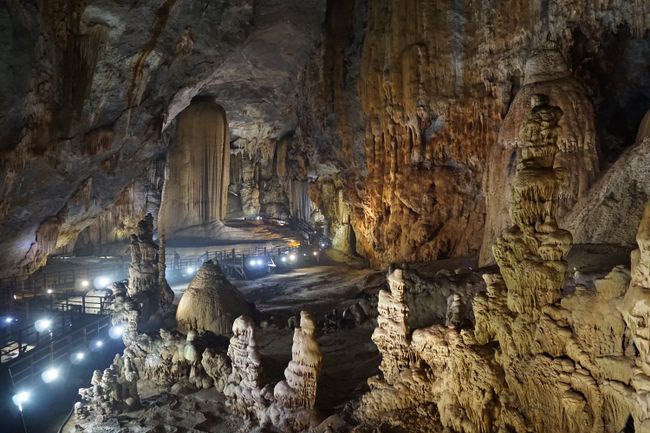
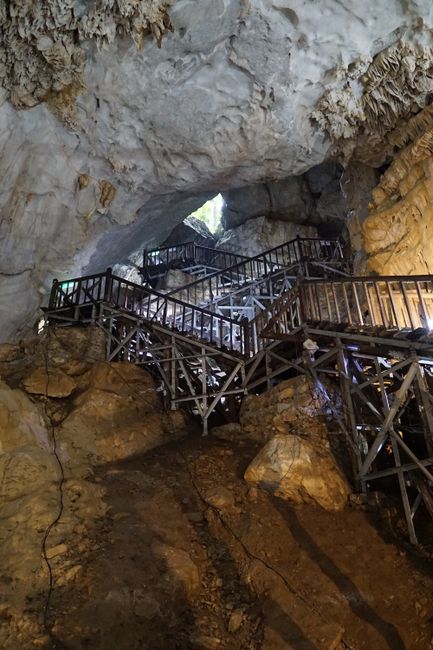
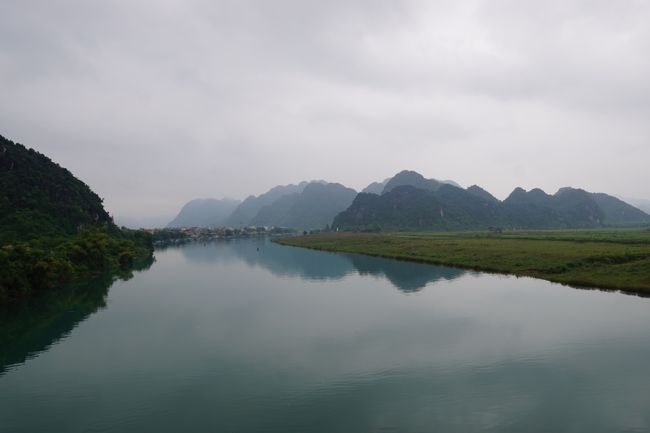
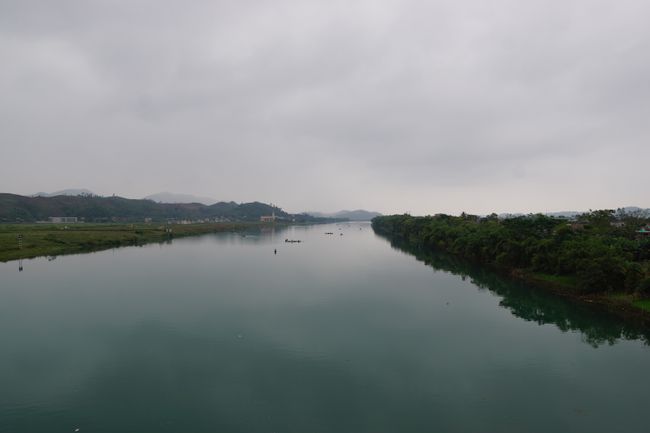
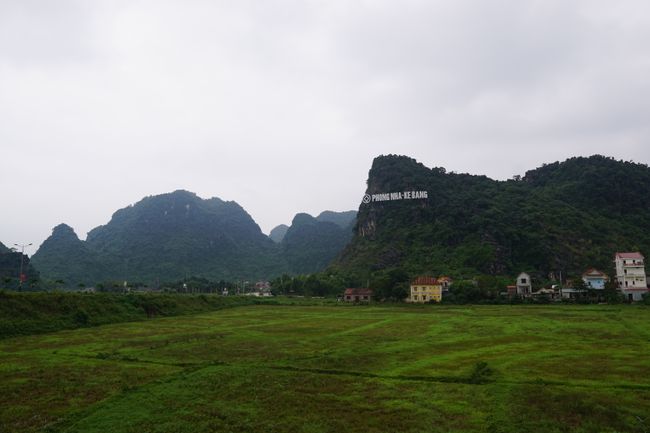
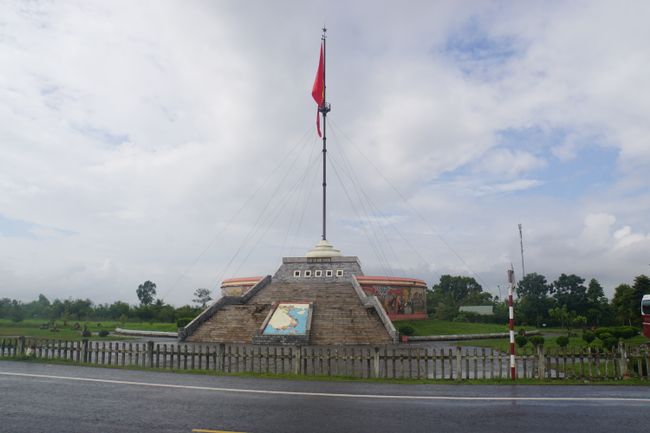
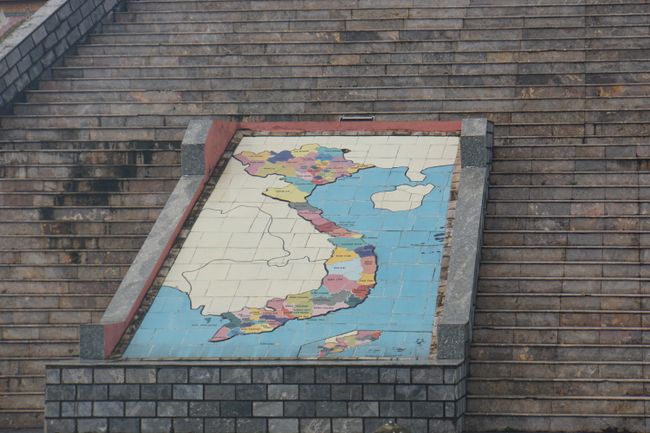
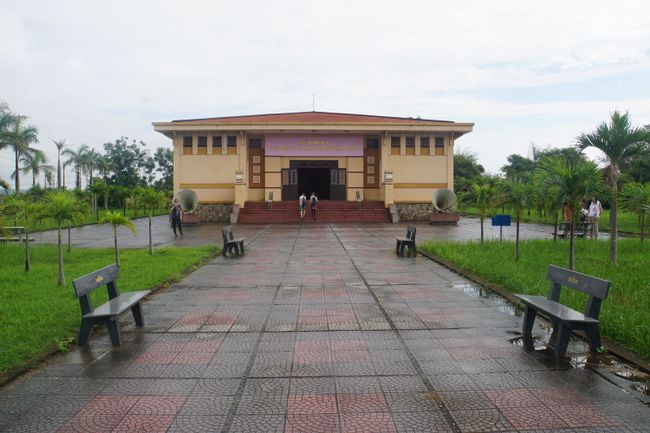
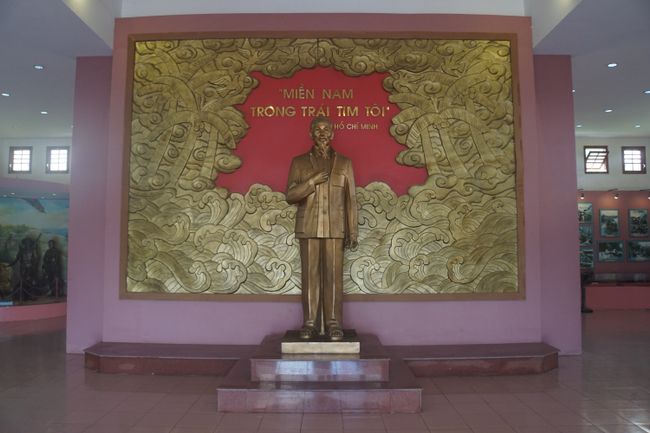
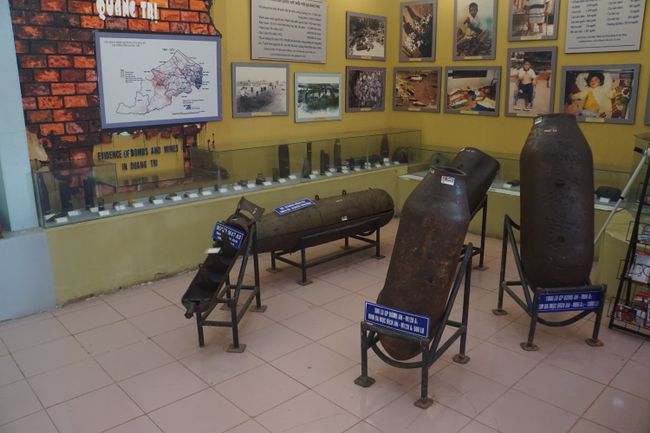
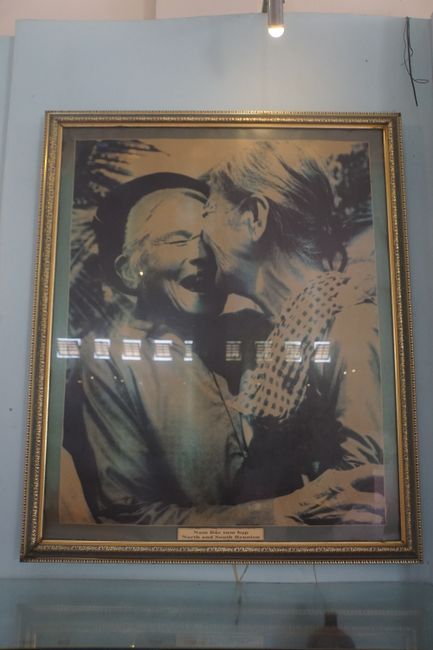
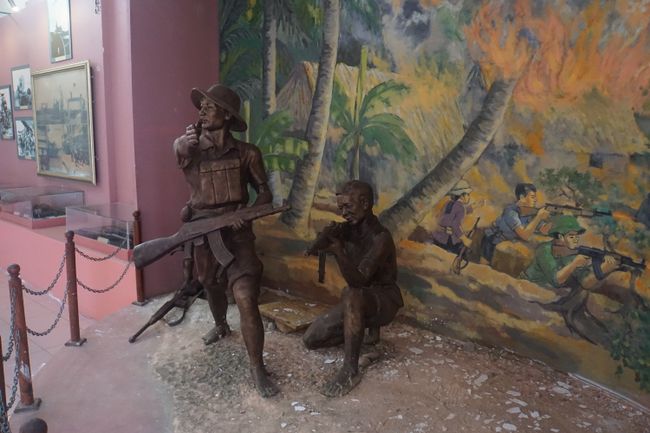
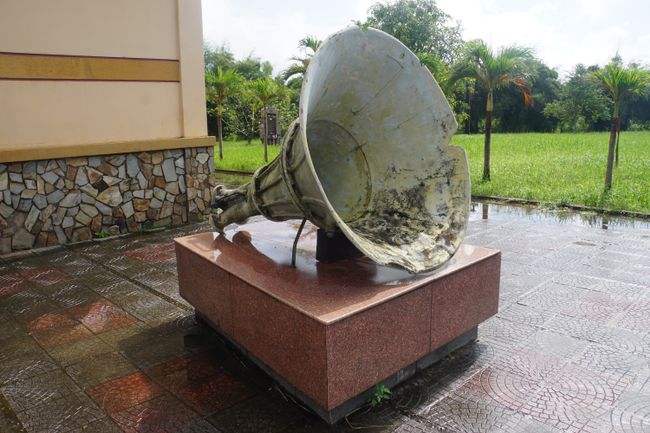
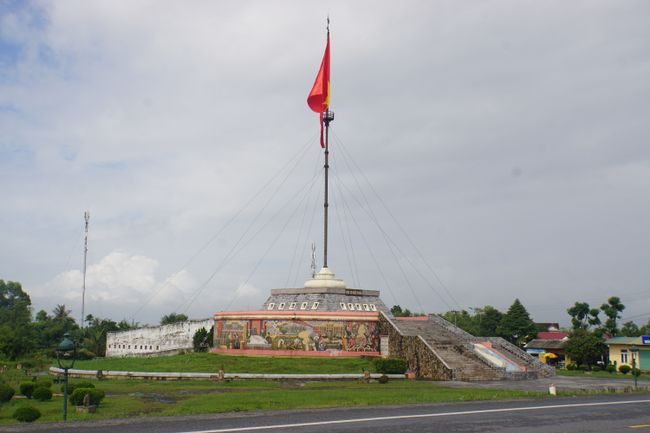
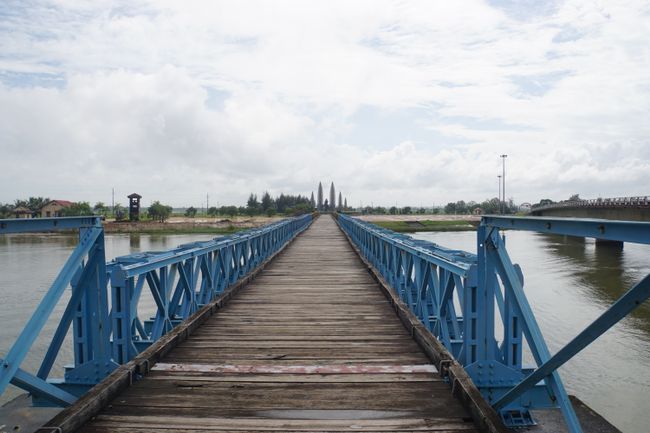
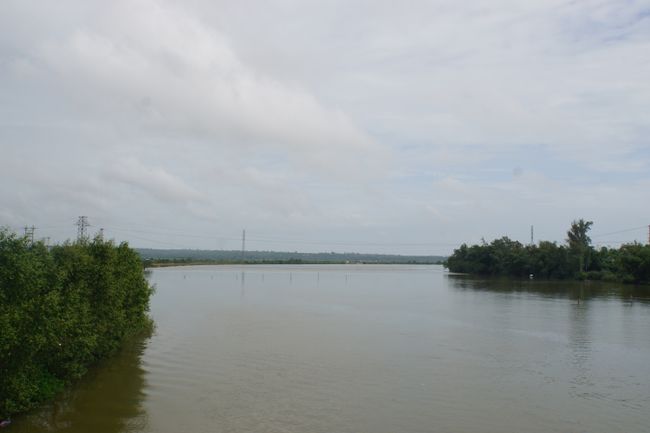
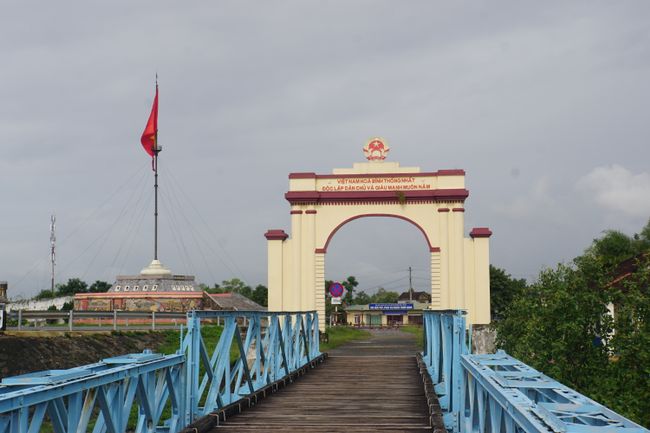
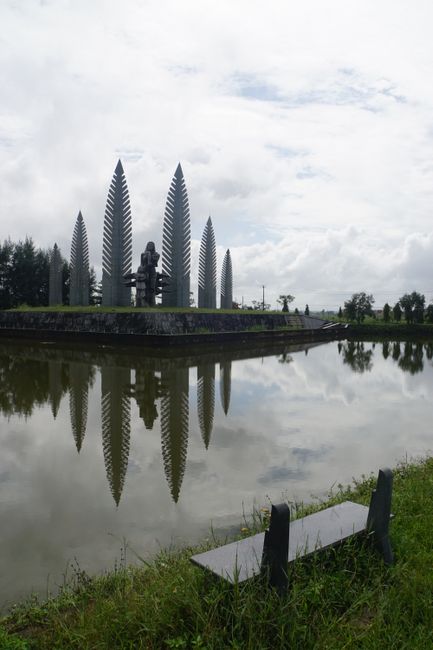
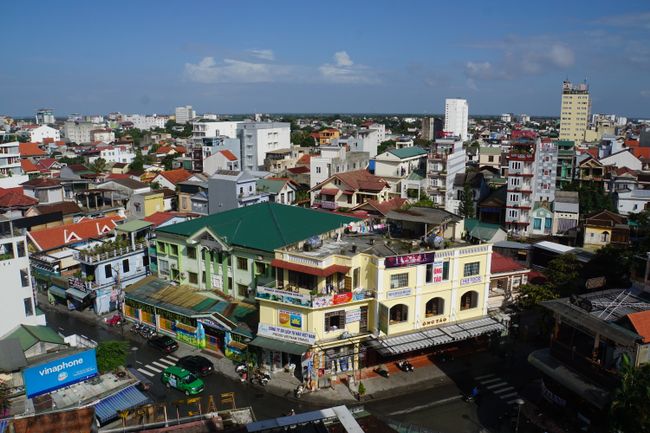
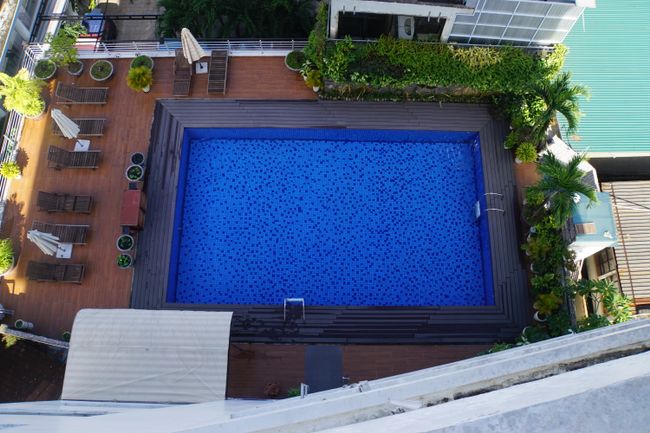
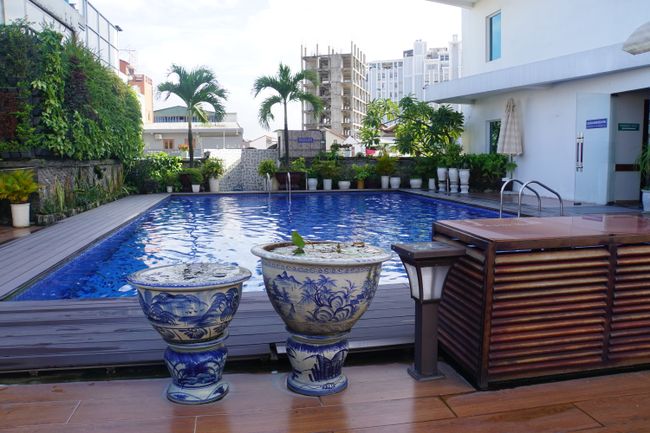
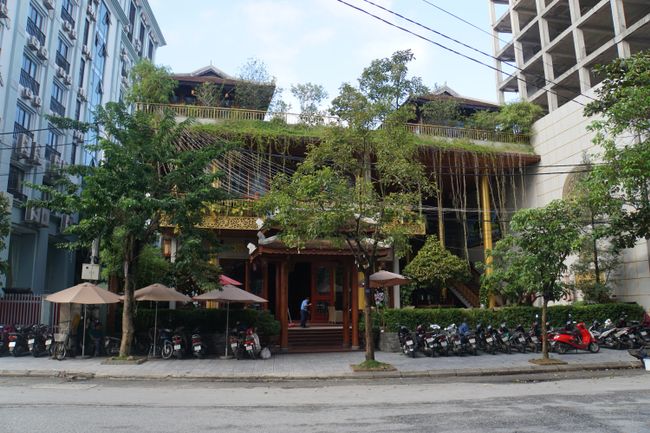
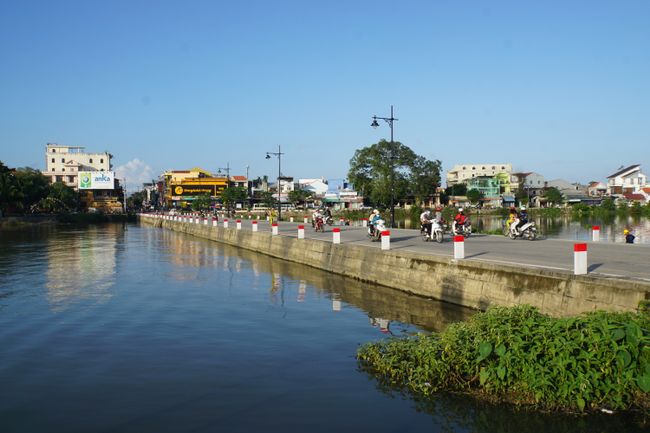
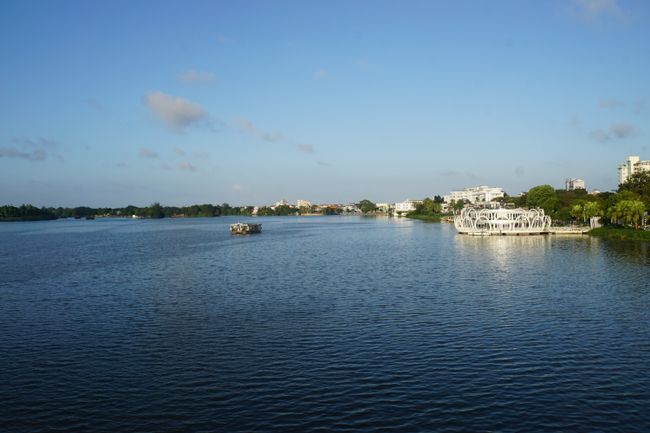
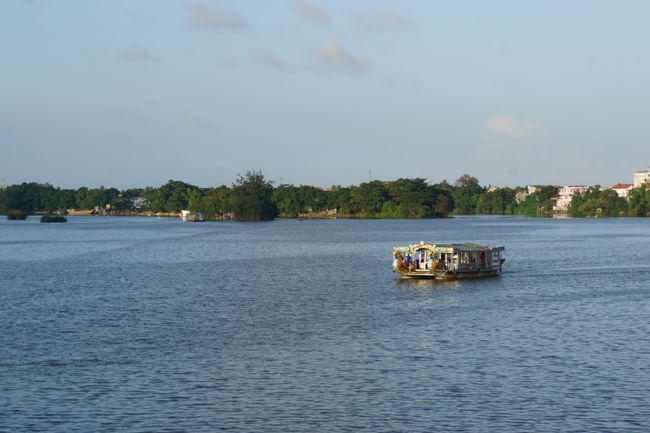
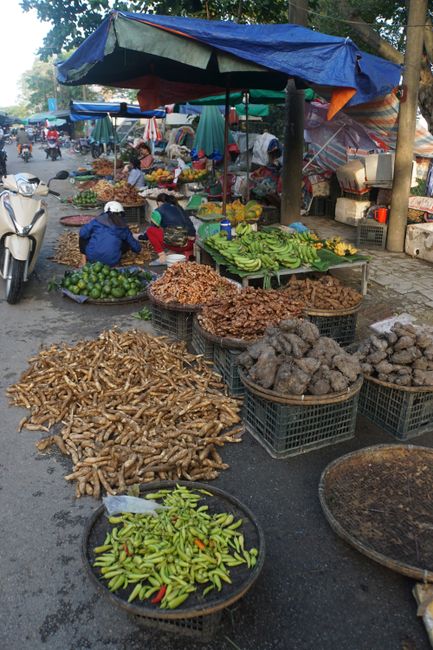
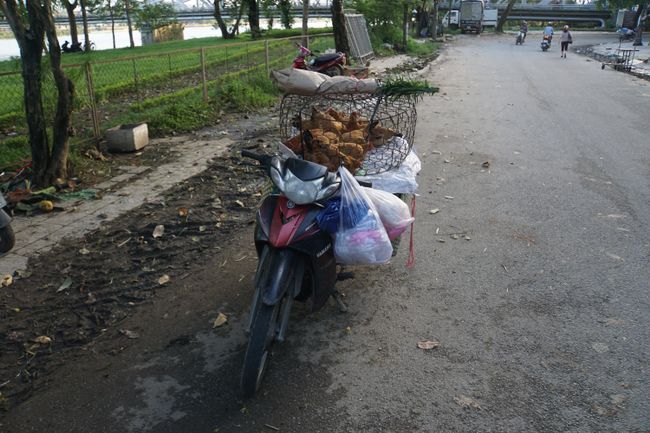
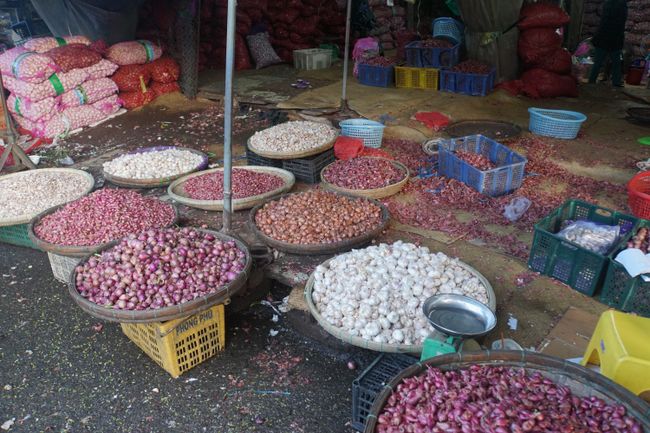
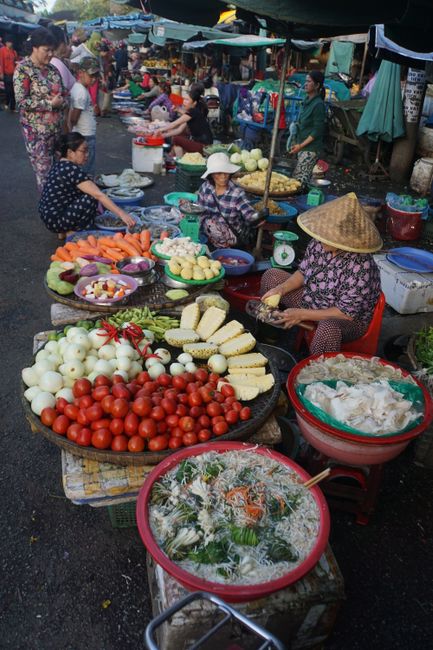
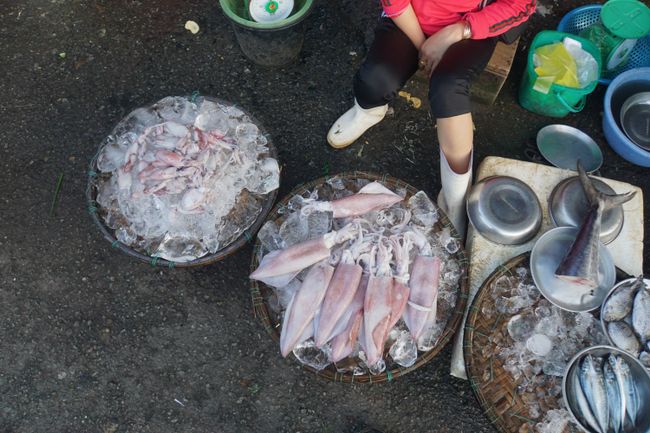
خبری مکتوب کے لیے درخواست دیں
Train ride from Hanoi to Dong Hoi - 11 hours of entertainment
We left Hanoi after 3 days and took the train to Dong Hoi at 6 in the morning. The journey was supposed to take 11 hours. In total, the train travels from North to South for 36 hours and you can choose between seats or simple beds in 6-bed compartments. We booked seats in first class, which turned out to be a wise decision. The standard is quite different from ours. But at least the train here is punctual, on the right track, and air-conditioned! The 11 hours passed quicker than expected and the recurring vendors of snacks, coffee, lunch, and various other food options brought some variety. The employees were very funny and friendly.
After being rocked and unable to sleep on the train, we arrived in Dong Hoi and continued by car to Phong Nha, a village in the Phong Nha Ke Bang National Park. Or also known as the 'Kingdom of Caves' as our guide Phuong would explain the next day.
Visiting Paradise Cave
The next day greeted us with rain and fog. It's currently the rainy season in this region. The forests around us are steaming mystically, and it feels like being in the middle of the jungle.
Since it was pouring rain, our plan to ride scooters through the national park quickly fell apart. We considered back and forth what we should do next, and when we almost accepted our fate and wanted to chill by the pool, Flo found Phuong's Whatsapp contact online. He offers private tours in Phong Nha. He immediately responded to us and mentioned a price for his transportation service, which we couldn't believe at first. After a short chat, we clarified everything, and Phuong picked us up in his Ford, right at the hotel. After buying us some water, our car ride to the national park began. Passing numerous farmhouses, cattle, chickens, and dogs. He explained to us that the majority of people here work as farmers, mainly growing rice, corn, and peanuts. The life of the people seems very difficult. The fieldwork is facilitated by plows pulled by buffalos through the submerged rice fields. At the end of their lives, the animals are used for Pho Bo (Vietnamese beef soup). Even the chickens look completely different from the commercially optimized chickens we know, which consist only of breast and leg. Everything is much more original and natural here and apparently more appreciated. People wash their clothes by the river while we drive across the river bridge.
Our destination today is the Thiên-Đường-Höhle (Paradise Cave). It was discovered in 2005, and the first explorers believed it to be up to 5 km long. In 2010, it turned out that the cave is an incredible 31 km long! After a ride with steep climbs and tight curves, passing rock walls and incredibly beautiful nature, our driver dropped us off at the foot of the Paradise Cave and explained to us what to do next. He would wait for us at the bottom until we finished. We climbed the steep ascent of the mountain on which the entrance is located. It was very slippery due to the continuous rain, and we quickly started sweating because of the heat. But the view of the jungle was definitely worth it. When we arrived at the top, we caught sight of the entrance, and we had to descend countless steps. The entrance is small, so you have to duck your head and expect nothing good. But after the first 20 steps, you see a cave that you couldn't imagine. Big and high like a cathedral! A narrow wooden walkway and several stairs make it accessible. The subtle lighting sets everything up beautifully. Every few meters, you stop and marvel at the size and beauty. It's dripping everywhere, and huge stalactites and stalagmites have formed over thousands of years. After every turn, you are amazed again and say, 'What?! It continues?!' Without a special guided tour, you can walk 1 km deep into it. However, you can book a 7 km tour with a guide. Because of the low season, we were almost alone in the vault and had all the time in the world. The beauty and size cannot be captured in pictures, although we tried for you. We then had to descend 500 steps through the jungle forest and back to Phuong waiting for us. If you ever visit Phong Nha, we can only recommend contacting him (link below). He is reliable, punctual, unbelievably friendly, and fulfills every wish. It's like traveling with a long-time friend.
The Demilitarized Zone - DMZ
The next morning, we woke up early as usual because the DMZ bus was supposed to pick us up at 7 o'clock. DMZ stands for the demilitarized zone between the former enemies North and South Vietnam. Our destination was the city of Hue further south, and the bus was the cheapest connection. So we waited for a full travel bus, which turned out to be a minibus with only one other couple next to us. Wonderful. No military movement or stationing is allowed in a DMZ, and the area is only available for civilian use. The Ben Hai River once divided both regions. We visited the tunnels in Vinh Moc. Here, the residents of the village of Vinh Moc sought shelter from the bombs of the Americans during the Vietnam War in 2.8 km long tunnel systems. Their village was the primary target of American attacks because it represented a strategically good starting point for the communist North Vietnamese. Throughout the war, 7 tons of bomb material were dropped per inhabitant. For two years, the people dug tunnels that ensured their survival from 1967 until the end of the war in 1975. 300 people lived in the 3-story facility. During this time, not a single one of them died. The tunnels are 10, 15, and 20-23 meters deep. Each family had a small niche in the rock, no larger than 2 square meters, with a height in which you can only sit hunched over. The caves are right by the beach, but they are at least 8 meters above sea level, so they didn't get flooded. You can only walk bent over in them, and it's pitch dark except for a few lamps. A masterpiece of the people of Vinh Moc and a monument that vividly portrays the cruelties of war. Later, we crossed the bridge on foot that once divided North and South.
After several more kilometers of wild driving in the minibus, we finally arrived in Hue. We spent the afternoon at the pool and later at a market, which is mostly visited by locals (it's incredible that our day started in pouring rain and is now ending so wonderfully with the sun shining). After a short break at the hotel, we will dive into the nightlife of Hue. On weekends, the streets are closed to cars and scooters from 6 pm to 2 am, and many shops, bars, and street vendors are just waiting to make a good deal with tourists.
Here is the contact for Phuong from Phong Nha:
http://transfer.phong-nha.com/
Phone: (0084) 0988289807
Email: phuongtransfer@gmail.com
Address: Highway 20, Son Trach, Bo Trach, Quang Binh, Vietnam
خبری مکتوب کے لیے درخواست دیں
جواب دیں۔
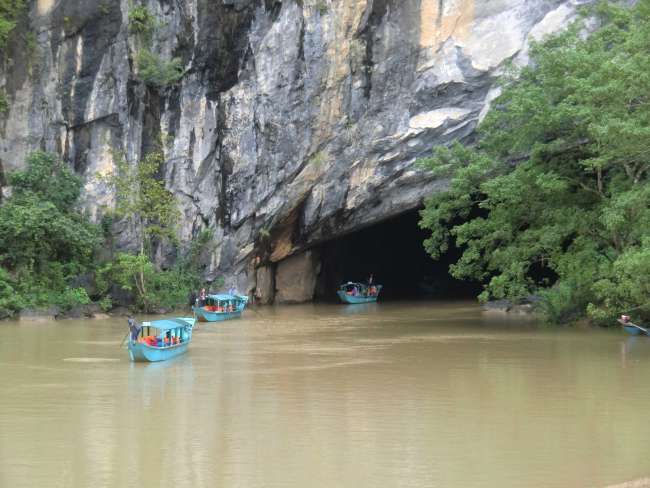
سفری رپورٹس ویتنام

